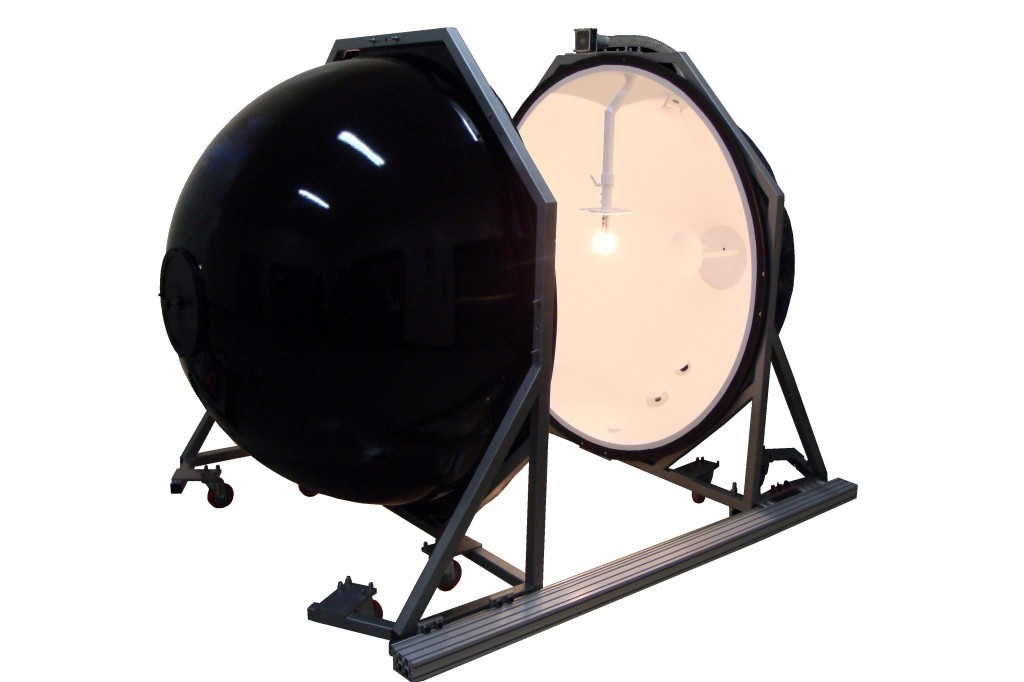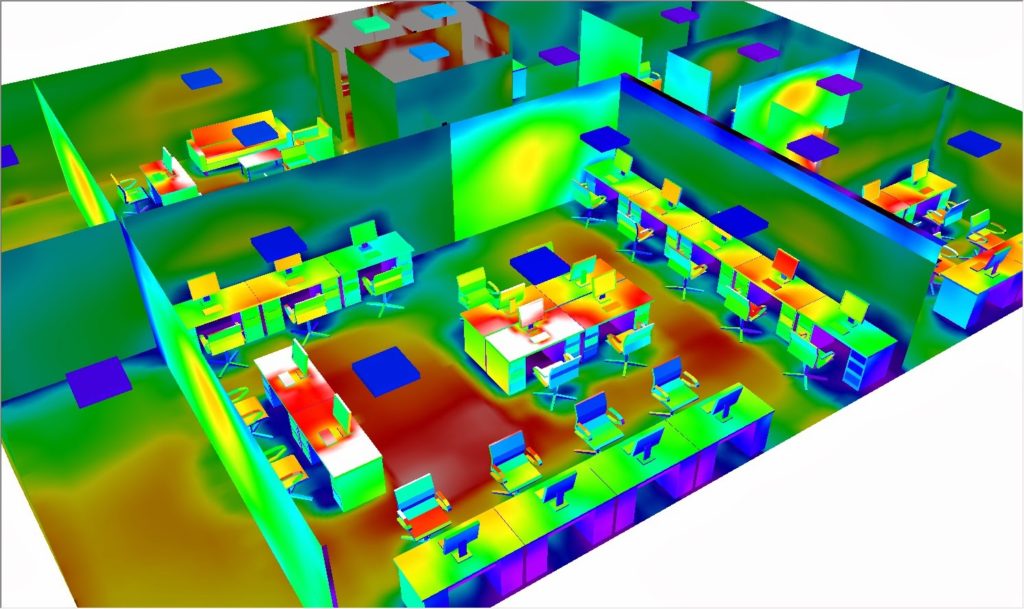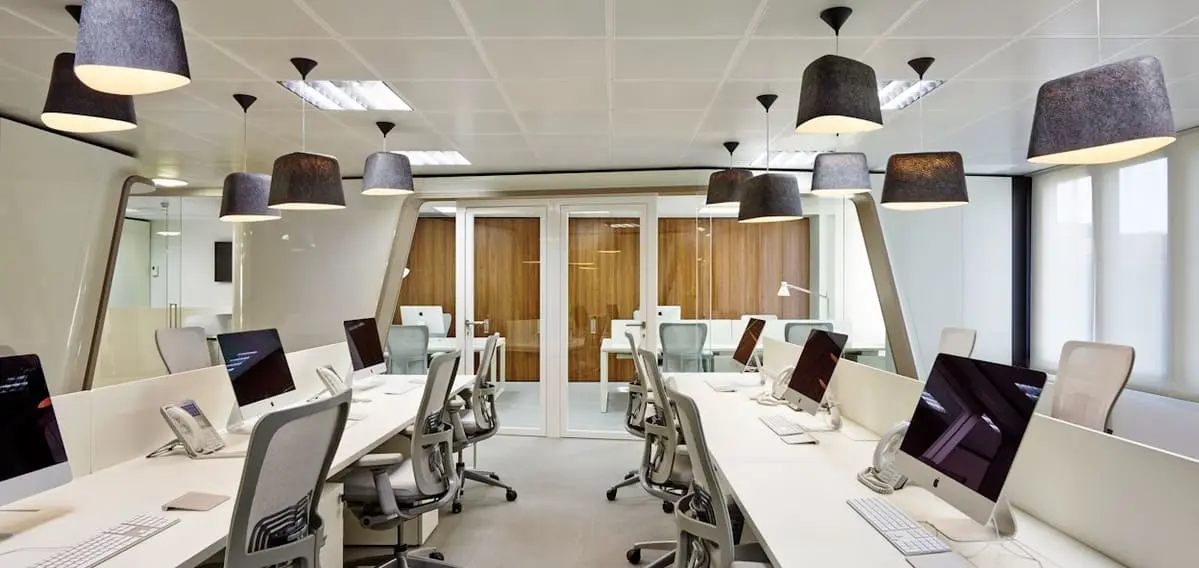Although we may think that lumen and lux are modern concepts, they are not. They were first defined in the 13th century by Bartholomew of Bologna, an Italian theologian, in the “Tractatus de luce”. There he defined lux as the rays that are generated by a light source, and lumen as the diffusion of that light in space.
Today they are very important for the end consumer, as these concepts allow a proper choice to be made between different lighting products.
How lux and lumen are currently defined
Nowadays their definition is not very different. Although in the 13th century light was projected by very different means than today, such as wax or tallow candles and oil lamps, light propagates in the same way. Only the amount of light emitted and that which generates it change. Anyway, for a better understanding of these concepts, it is interesting to have a more complete and current definition.
Definition of lux
Lux (lx) is the flux of light projected by a given source onto a surface located at a certain distance from it. Lux is the unit of illuminance in the international system.
What are lumens
The lumen (lm) is the unit that allows us to measure the amount of light (luminosity or luminous flux) emitted by a source, without taking into account factors such as the space to be illuminated or the opening angle of the light beam. This makes it possible, for example, to compare LED bulbs with halogen bulbs to find out which will illuminate more.
Each manufacturer measures the brightness of its products using what is known as the Ulbricht sphere. The light source is placed in the center of the sphere, which captures all the light emitted by the sphere.

Lumens equivalence
As we have indicated, the lumen allows us to compare unequivocally the amount of light emitted by, for example, a light bulb. In the following table we will see some equivalences between the lumens emitted by different lighting technologies and their consumption.
| Lumen (lm) | LED | Incandescent | Low consumption |
| 900 | 10W | 80W | 20W |
| 1080 | 12W | 100W | 24W |
| 1350 | 15W | 120W | 30W |
How many lumens do I need per square meter?
Once both concepts have been determined, it is time to know how much light is needed in a room. Based on the above definitions and depending on the activity to be developed in a given space, we will need a certain number of lux (lm/m2).
There are spaces with minimum light requirements (between 50 and 200 lx) such as corridors, halls and passageways in general. Other more demanding areas (from 300 to 1,000 lx) include work areas, schools, stores, etc. Finally, there are rooms with special requirements (over 1,000 lx) such as operating rooms, watch shops, etc. In homes, illuminance values range from 150 lx to 500 lx. You can also consult a guide to recommended illuminance levels in homes.
Luxes are not found in the descriptions of lighting products, as they depend on the characteristics of the environment where they are installed.
The question lies in the fact that while the lumens generated by the different lighting elements that we find in the market is an easy data to know, as they are indicated on the product packaging itself. The luxes, the value that really interests us, are not indicated among the characteristics of the products. This is because the illuminance, which is ultimately the number of lumens per square meter incident on a surface, depends on other parameters outside the technical specifications of the luminaire itself, such as:
- The size of the surface to be illuminated is decisive when calculating the illuminance value.
- The height at which the luminaire is placed. It is especially important because an excessive or insufficient light will negatively affect the development of the activities to be carried out.
- Reflection on ceiling, walls and floor, as well as the color temperature (cold, neutral or warm) of the projected light.
- The luminosity of the bulbs or lamps installed, i.e., the lumens they emit.

In order to know the amount of existing luxes, specific measuring equipment (luxmeters) generally used by professionals are used. The problem is that they can only be used with the lighting system already installed. For this reason, in Ledkia we have an expert team of professionals with the latest CAD lighting tools, who will advise you when choosing the most suitable product for your project regardless of its size or complexity.
Remember that adequate and sufficient lighting improves comfort and reduces visual fatigue. It doesn’t matter if we are reading in bed, repairing a cell phone or enjoying a nice dinner with friends.

